Why do we celebrate Midsummer? With the Midsummer holiday fast approaching, we take the opportunity to explore the traditions and rituals associated with Midsummer.
Updated 2021
Innehållsförteckning
Why do we celebrate Midsummer?
It is likely that the summer solstice was celebrated in some way in pre-Christian times, and midsummer celebrations are mentioned in Icelandic sagas, but nothing is really known about how the celebrations took place.
What is known, however, is that the Church began celebrating St John the Baptist's Day on 24 June in the 3rd century. In several other languages, the holiday was given a name linked to St John the Baptist (Danish: Sankt Hans aften and Finnish: Juhannus), but in Sweden we stick to the name 'midsummer'.
The Church of Sweden struggled to get people to switch from the sometimes boisterous dancing and shameless singing to a more religiously orientated celebration, but was far less successful than Christmas.
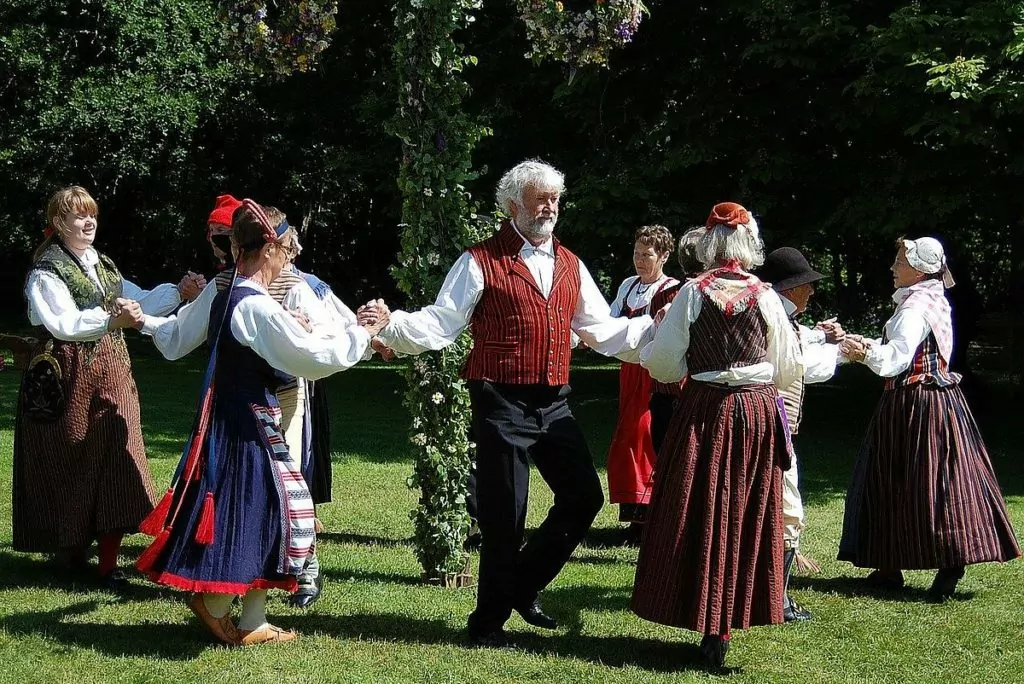
When do you celebrate Midsummer?
Midsummer is celebrated near the summer solstice and in Sweden Midsummer's Eve falls between 19 and 25 June. This year (2021) we celebrate on Friday 25 June.
Saint John the Baptist's Day is a Christian holiday traditionally celebrated on 24 June, but in Sweden it has been moved to the Sunday after Midsummer's Day (21-27 June).
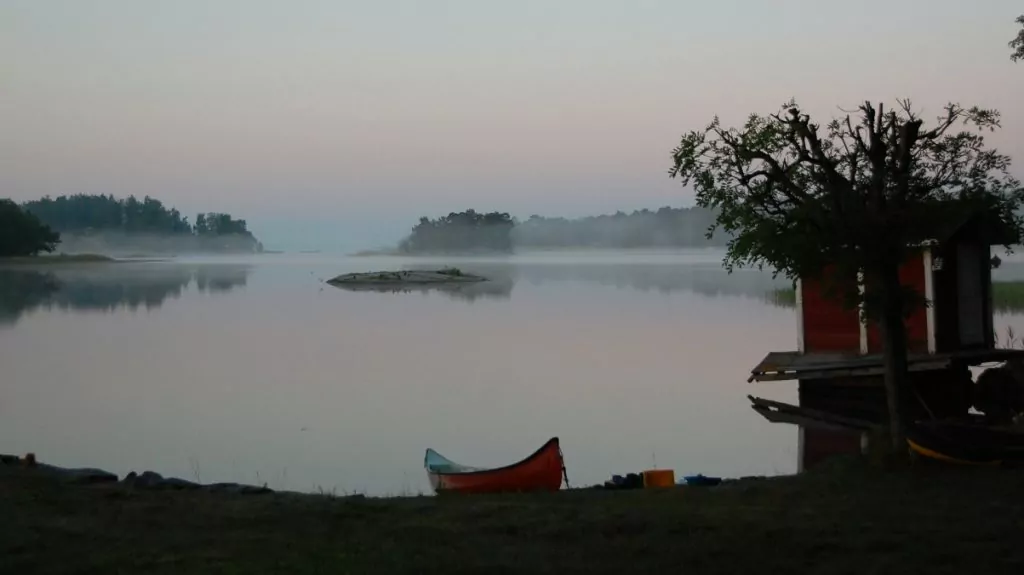
Midsummer traditions and rituals
Midsummer traditions and rituals have changed over the years. Traditionally, the holiday has been linked to magical beliefs about the Midsummer night, and it has also been a time for people to socialise and party, preferably in nature or in the countryside. Here are nine traditions that can be linked to the Midsummer weekend.
1. midsummer pole
The midsummer pole probably came from Germany in the Middle Ages. Poles with crossbars and wreaths first appeared on fine farms in the early 19th century. The pole has sometimes been associated with either a phallic symbol or religion, but there is no scientific evidence for either. The reason the pole is sometimes called a 'maypole' is because 'maja' means to adorn or leaf, and has nothing to do with the month of May.
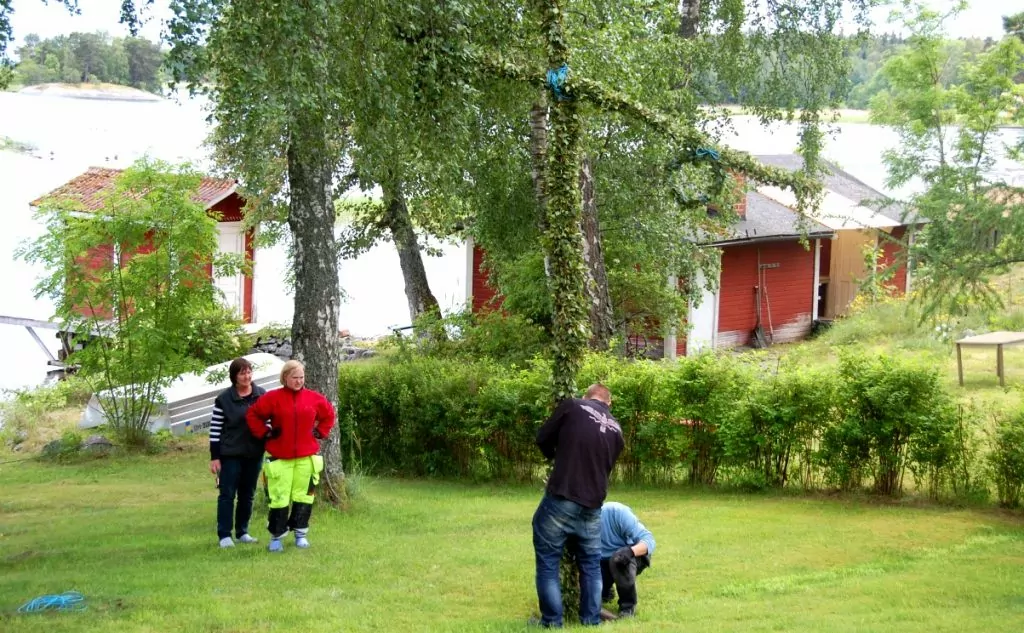
2. Dance and games
Dancing around the midsummer pole is a tradition that dates back to the 19th century. Today, many other types of midsummer games are also common.
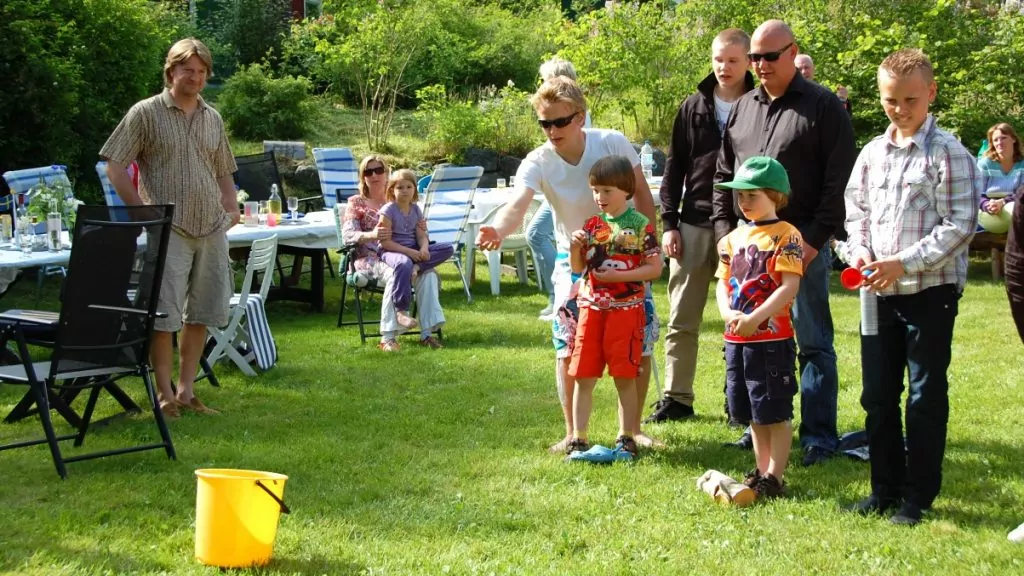
3. Little frogs
The 'Little Frogs' song probably comes from a ditty sung by British soldiers about their French enemies during the Napoleonic Wars. At least if we are to believe Nordic Museum. If one were to believe instead Institute for Languages and Folklore was created by Små grodorna at the Nääs craft school, where at the turn of the century there were courses in song games and dances.
4. Seven types of flowers
In Swedish peasant society, Midsummer Night was associated with magic and supernatural powers. In various ways, people tried to use the magic of the night to predict the future. The number seven is magical and by jumping seven fences you could get good health or a good harvest. By placing seven types of flowers under your pillow, you could dream of the person you were going to marry.
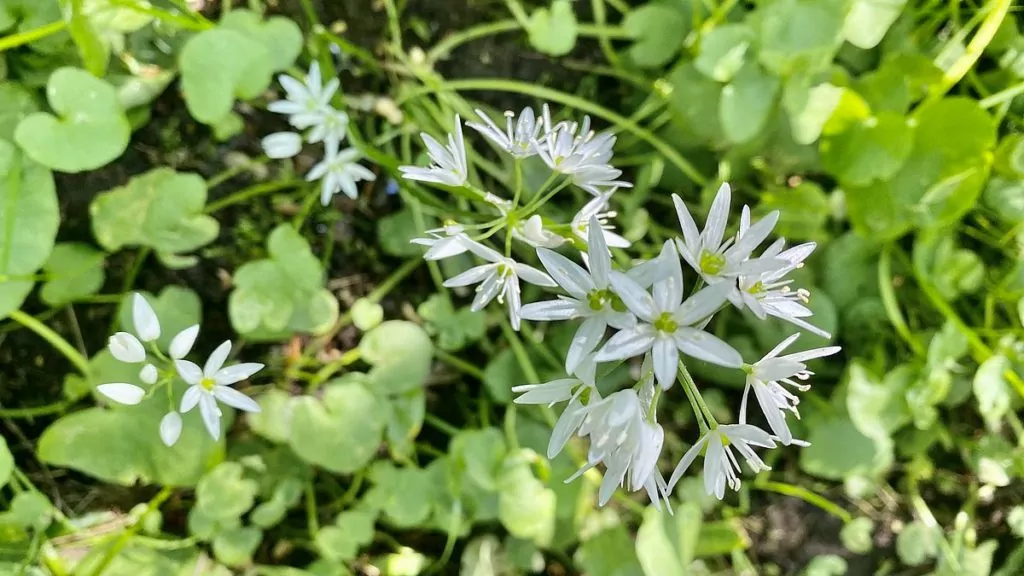
5. Midsommarkransen
Leaves and flowers are important at Midsummer and people like to decorate what they can, so it's perhaps not surprising that people want to adorn their heads with a wreath. According to some sources, including svt, in the past you could save a dried midsummer wreath and put it in the Christmas bath. This would be a way to get energy from the magical midsummer night during the winter.
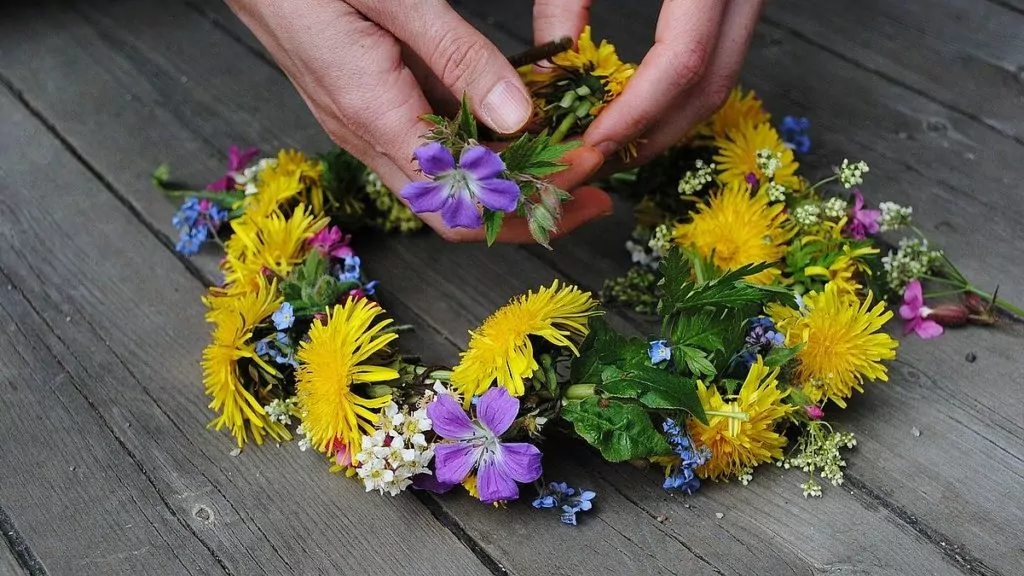
6. Celebrating in the countryside
When Sweden was industrialised at the turn of the last century, many people moved to the cities. People had more money to move around and holidays in the countryside became popular. It became common to celebrate Midsummer with farming relatives in the countryside. For those who could not afford to travel to the countryside, Midsummer celebrations were also organised at Skansen and in various parks in the city.
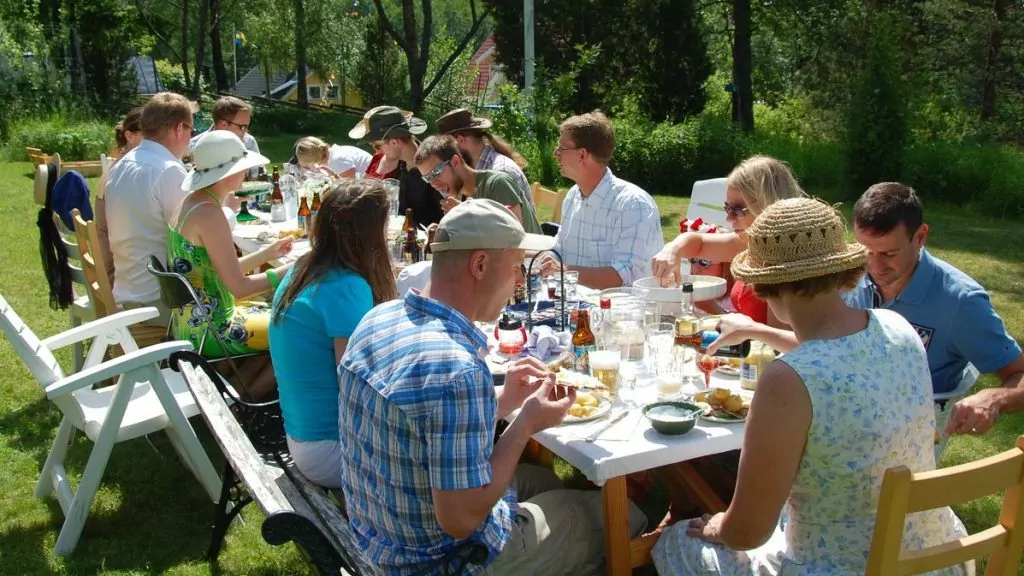
7. Midsummer fire
Lighting a midsummer fire and dancing around the flames is an old midsummer custom described as common from the Middle Ages until the late 19th century. In Denmark, Norway and Finland, it is still common to light fires at Midsummer. But maybe there is a Midsummer fire that is lit in Sweden too?
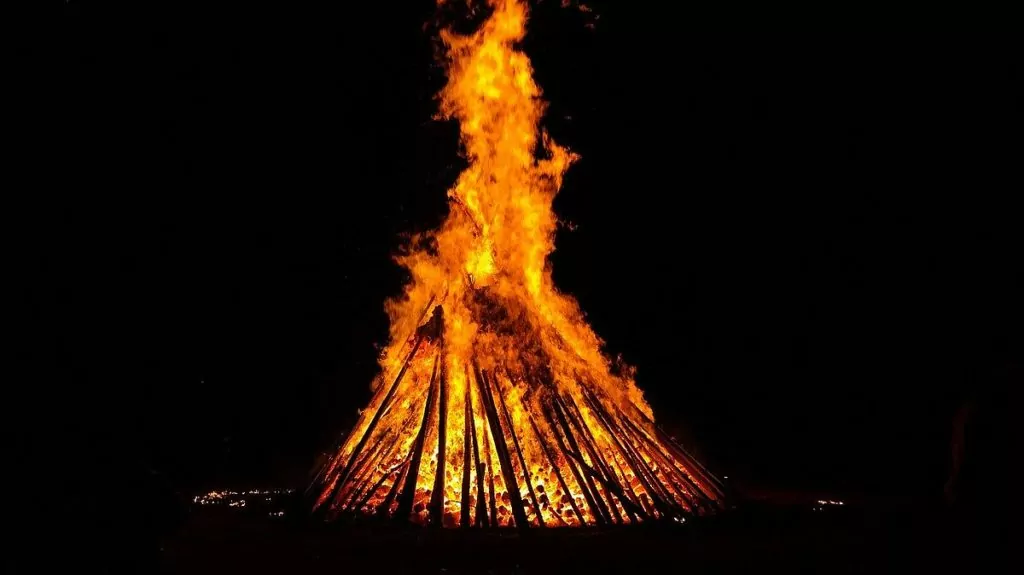
8. Herring, new potatoes and strawberries
There has always been some kind of festive food at Midsummer, but the tradition of herring, new potatoes and strawberries is not particularly old. Eating herring has a long history in Sweden, but putting it in pickles with sugar only became common in the 20th century. Fresh potatoes were a luxury rich people began to indulge in at the beginning of the 20th century, while for "ordinary people" it was a huge waste to eat the potato before it grew big.
Strawberries are an even more recent tradition and only started being grown in the fields in the mid-20th century. What did people eat back then? Well, probably fish, meat, pork, white porridge (porridge made from wheat flour, barley or rice groats cooked with milk) and filbunke.
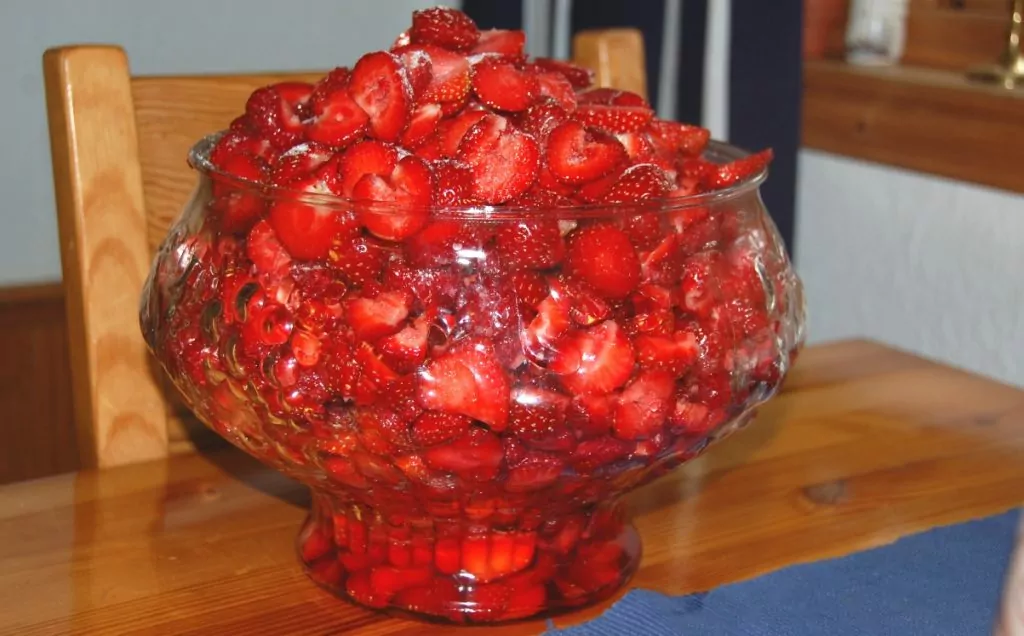
9. Beer and spiced spirits
According to an article on svt from 2017, the number of people shopping at Systembolaget on the day before Midsummer triples compared to a normal Thursday. The product category with the highest percentage increase is spiced spirits. It is also popular to buy light lager for the Midsummer weekend.
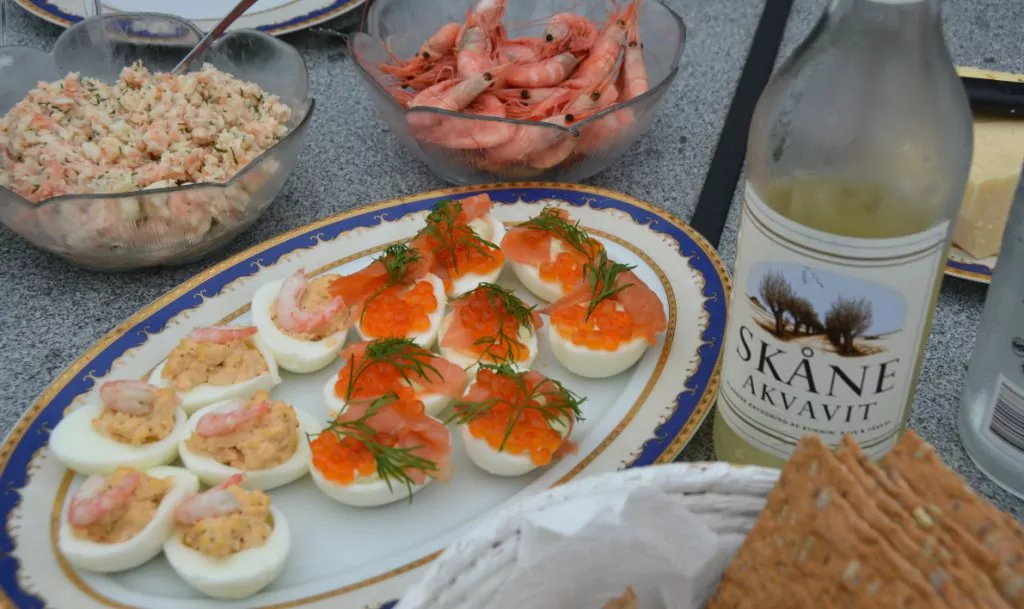
Can you tell us about any other traditions or rituals related to Midsummer? How do you celebrate yourself?

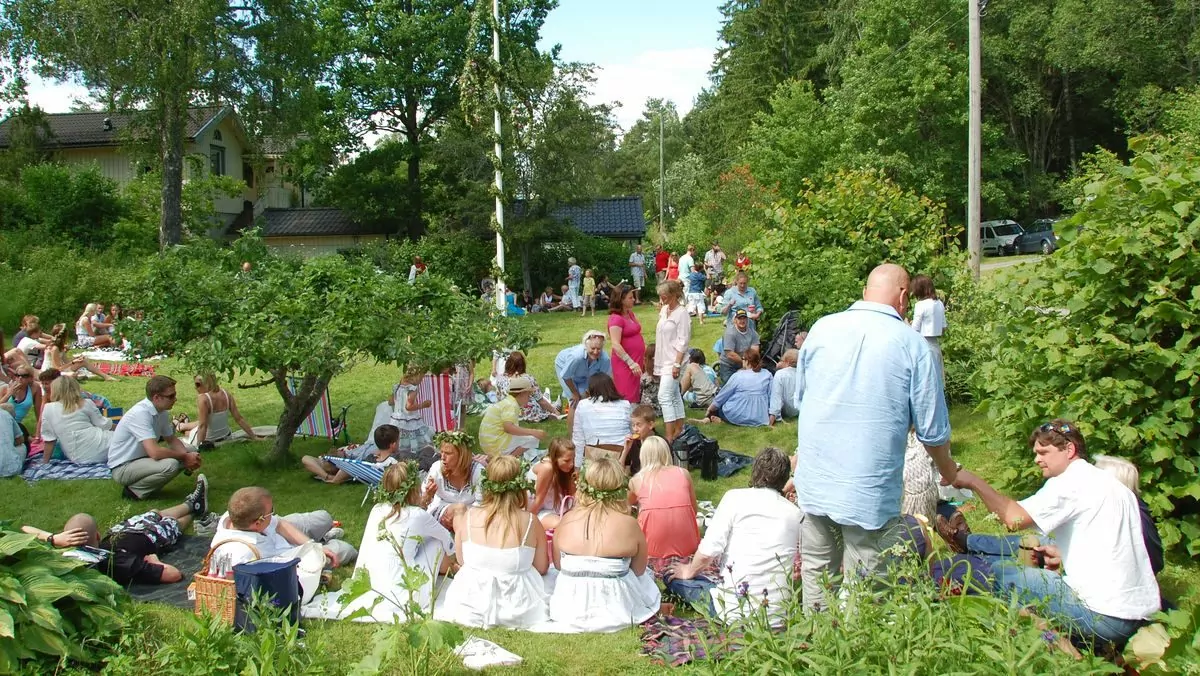









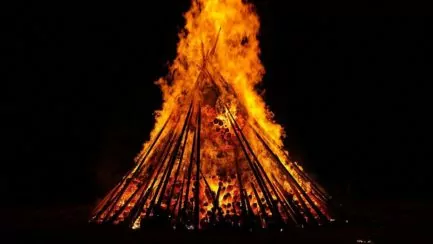

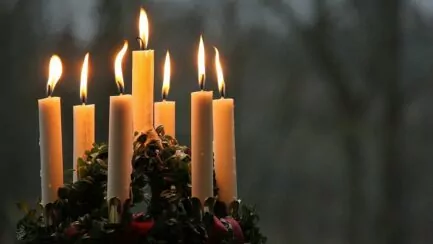
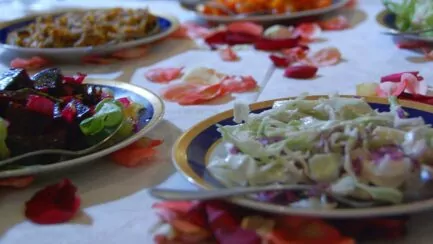



Lena i Wales says:
Very interesting about midsummer celebrations.
Some of it I knew, but some of it was also new to me.
Unfortunately, I have to make a small correction in your text. The crafts seminar is called Nääs. I have worked as a guide there and at the associated castle for many years. That the Little Frogs were created there has been discussed back and forth and it is not entirely unbelievable. The seminar trained crafts teachers, a further education programme for primary school teachers, through summer courses and there were also many courses in games and play. Every year Midsummer is still celebrated there (don't know how it will be this year though). Several thousand visitors during 2 days.
Take care!
10 June 2020 - 9:54
Helena says:
Yes, of course Nääs should be spelled with two "ä", I have fixed that now. Because that's what you meant, right? Thank you very much! 🙂 What fun that you worked as a guide there!!!
10 June 2020 - 10:34
Ama de casa says:
Lots of interesting facts - thanks for that 🙂
Here is always the day of San Juan (John the Baptist) on 24/6. The actual celebration is always the day before, on 23/6, how it works I have told you about here:
https://amacasa.wordpress.com/2014/06/24/midsommarfirande-del-2/
A few years ago they banned fires on the beach (at least here), but I think it's been reinstated again. But this year there won't be any...
I was very surprised when I looked up which year Sweden made sure that Midsummer Eve was always on a Friday. I thought I remembered when it could be different days of the week, but 1952 was the last time it was always celebrated on 23/6 and I wasn't even born then 🙂 .
10 June 2020 - 10:00
Helena says:
Thanks for the link, what fun! I am thinking of writing about midsummer celebrations in different countries, so this was great info 🙂 .
10 June 2020 - 10:39
bmlarsreseblogg says:
For several years, we have celebrated a traditional midsummer with most of the accessories you write about with good friends at Lake Vänern. This year, however, there will be a change as there are only two of us who do not count ourselves as 70+.
Where we are enjoying our midsummer meal is not quite decided but it's leaning towards our lawn with neighbours at a reasonable social distance ....
10 June 2020 - 11:53
Helena says:
Yes, a lot will be different this year... Sounds like a good plan!
10 June 2020 - 19:44
Ruth i Virginia says:
No Midsummer celebrations in the USA.
When I lived in Ludvika (which is not considered the REAL Dalarna).
there was always a party at Gammelgården. The cornstalk raising was of course
always exciting. The fiddlers marched in and the folk dance team...
entertained. It was really something that everybody came to. - We young people used to
go up to the viewing tower on Höberget and watch the sun rise.
Nobody had a car in those days. You just had to stay at home.
The food was not important and I had never heard of "Little Frogs"....
-Looks like you'll have nice weather over the weekend.
10 June 2020 - 15:50
Helena says:
Interesting to hear about your experiences from Ludvika! But there must be Swedes in the US somewhere who organise Swedish Midsummer on a larger scale...? Yes, right now the weather is fantastic in Sweden!
10 June 2020 - 19:45
Lena - gott för själen says:
Nice to read. I've never heard of the fire thing. Maybe not so strange if it disappeared here in the 19th century.
There really is something special about midsummer. Sun and warmth (in the head and rain and a couple of plus degrees in reality) 🙂 Expectation, joy, relaxed are words I come up with when I think midsummer. We go up to Idrefjäll for the fourth year in a row.
Hug Lena
11 June 2020 - 21:08
Helena says:
It sounds wonderful to go to Idre over midsummer! 🙂
12 June 2020 - 7:10